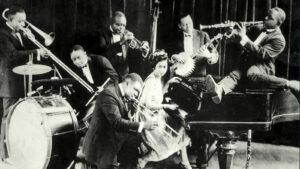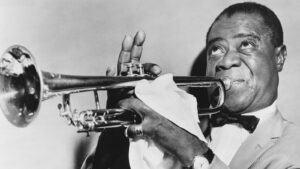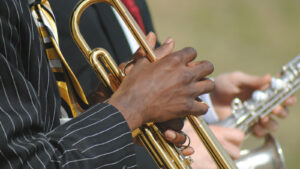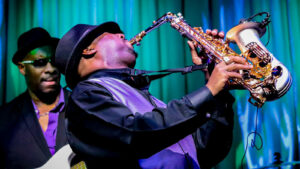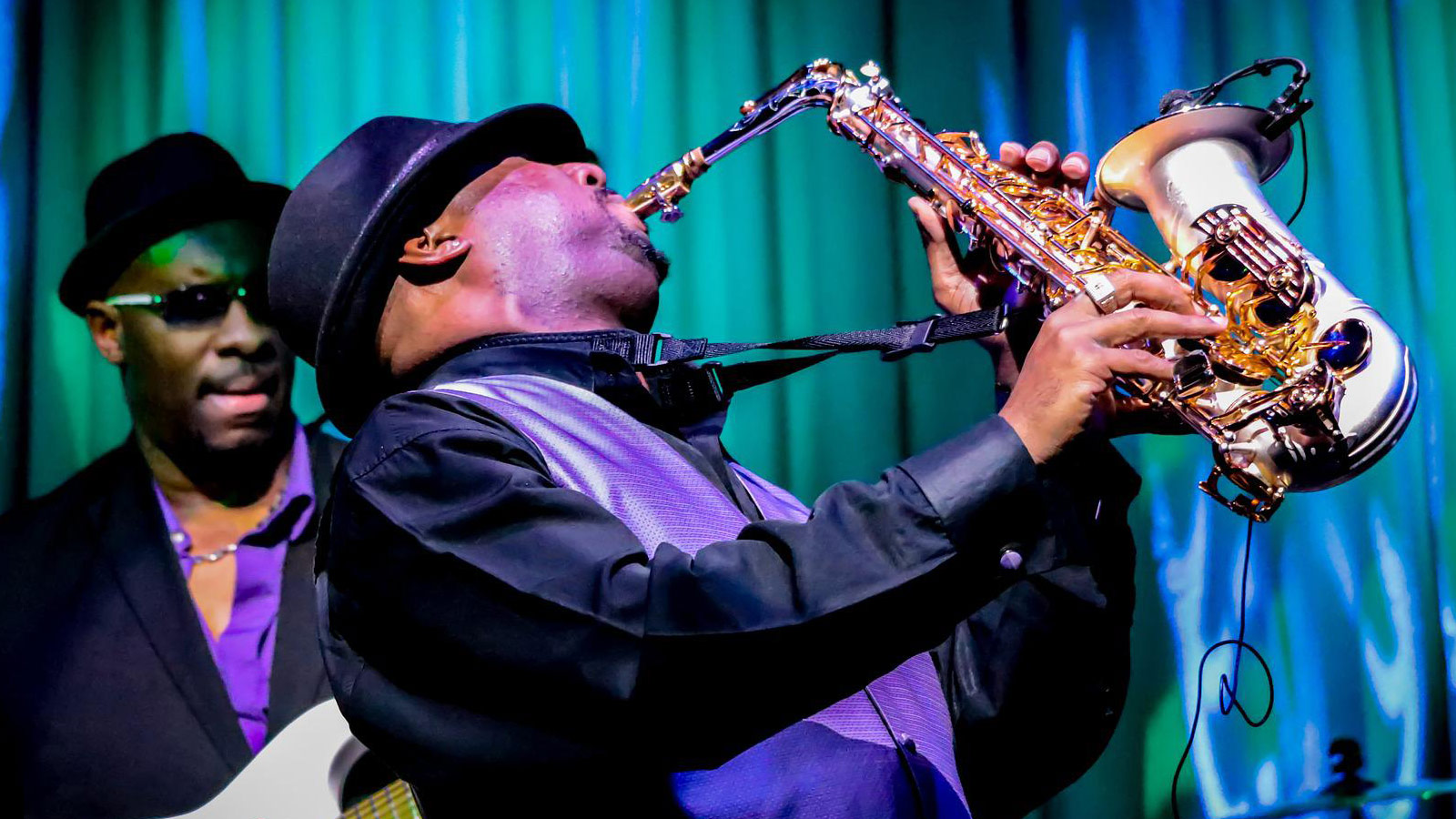
You’ll find some of the earliest use of jazz in James Reese Europe’s music. He was someone who adapted European classical and marching band with the addition of syncopation. Jazz is a genre of music that has many different styles and elements. What makes jazz so different from other musical forms is that it retains its essential character. It does this despite the many influences that it absorbs in the process.
The first jazz recording is Dixieland Jazz Band One Step. It came from a group of white musicians called the Original Dixieland Jazz Band. The groups tried to bring a certain feel in their music. It was quite similar to the one that came from popular jazz artists of the time.
However, over a period of time, people’s expectation from jazz changed with the development of newer forms of music. Now let’s go through the different elements of this musical genre:
1. Improvisation
Many of the musical geniuses have come up with improvisations during their career. Among them were the legends, such as Mozart and Beethoven. There have been traditions of improvisation in different countries of Asia and Africa as well. Improvisation in jazz is something special owing to its use of the blues scale. This particular scale has a universal appeal, which emotionally satisfies the listener.
2. Creative freedom
There were some revolutionary changes that came with time since the introduction of jazz. Such changes allowed drummers to improvise and interact with the ensemble freely. With greater focus on improvisation, the melodies could be made shorter and more angular.
Later, jazz went through some significant movements with the intention of bringing jazz back to the audiences. As a result, certain new sub-genres were born, such as ‘hard bop’. It had the influences of R&B. Then there was ‘soul jazz’, which had a heavy emphasis on soul, R&B, and blues.
In a way, jazz musicians are jacks of all trades when it comes to their musical abilities. This detailed knowledge of jazz musicians with regards to music offers them plenty of opportunities. They’re often hired for sessions of pop, rock, R&B, and other musical styles.
3. Syncopation
Jazz musicians always try to create variations in their phrases. They do their best not to play the same note duration repeatedly. If they do, the rhythm tends to get rather stale and the music gets boring. This is the role of syncopation. It places greater emphasis on weak and strong beats.
This is something that drummers and jazz musicians must always keep in mind. It is immensely useful in catching the listeners by surprise and this is one of jazz’s vital elements.
4. Swing
The feeling of swing is created by swinging the eighth note. Think of the rhythm of water dripping when it’s fast in a moderate way. This is a straight eighth note. An eighth note is worth half a beat by itself. For fans of different jazz types, swing is usually a subjective quality.
Despite this, it produces a feeling that provides momentum to a performance. An eighth note in swing comes in the form of triplets, which is a group of three notes. The first in the pair is slightly longer than the other two. The result of this is a rhythmic feel, which is a sequence that’s short-long in nature.

